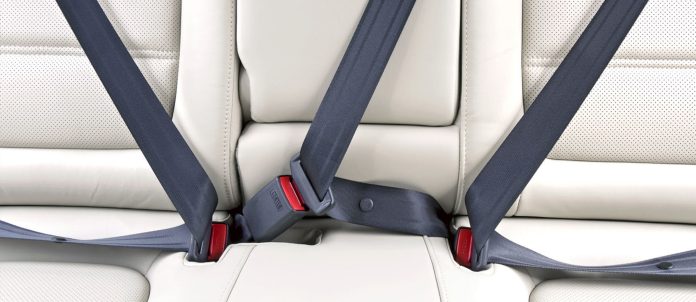The story of the car seat belt is a tale of innovation, safety, and eventually, widespread adoption. While the idea of using a belt to secure passengers isn’t particularly new, the modern automotive seat belt went through a series of evolutions.
Ancient Times to Early 20th Century:
Horse-drawn carriages: Historical references suggest some form of restraining device, possibly belts, were used in horse-drawn carriages to prevent passengers from being thrown out.
The 20th Century:
Early Concepts: Seat belts started to appear in airplanes in the 1930s. Their main purpose was to keep pilots and passengers in their seats during turbulence.
1940s-1950s: Initial Designs: Dr. C. Hunter Shelden, a neurologist, is credited with introducing a retractable seat belt in 1955. He had concerns about the rising number of head injuries in car accidents and introduced a few design changes, which included a retractable feature to keep the belt taut and an attachment that anchored the belt low on the frame of the car.
The Three-Point Seat Belt: In 1959, Volvo engineer Nils Bohlin invented the three-point seat belt. This is perhaps the most significant development in seat belt history. It was a Y-shaped belt that went over the shoulder and across the lap, effectively securing both the upper and lower body. Volvo introduced it in their cars and opened the patent so other car manufacturers could implement it. The design is fundamentally the same as the ones we use today.

PC: Volvo
The Push for Mandatory Usage:
1960s: The US began to realize the importance of seat belts. The federal government mandated in 1968 that all new cars should come equipped with seat belts. However, it wasn’t mandatory to wear them.
1970s: Public awareness campaigns started to push for the regular use of seat belts. Various studies showed the effectiveness of seat belts in preventing fatal injuries.
1980s: Many states in the US started to pass laws that required seat belt use. By the end of the 1980s, most states had some form of seat belt use law in place. Countries around the world also began to implement similar laws.
Child Safety: Alongside seat belts for adults, there was a push for child-specific restraints. This led to the development and mandatory use of car seats for infants and booster seats for older children.

PC: Oshit Walia
Modern Day:
Seat belts have gone through refinements, but the basic principle remains the same. The focus is now on ensuring that seat belts work with other car safety features like airbags. Awareness campaigns continue to stress the importance of wearing seat belts, and in many countries, not wearing a seat belt is punishable by fines or other penalties.
In conclusion, the story of car seat belts is one of innovation and persistence. The journey from a simple belt to the advanced safety feature we have today was paved with numerous challenges. Still, thanks to the efforts of safety advocates, engineers, and policymakers, seat belts have saved countless lives worldwide.






